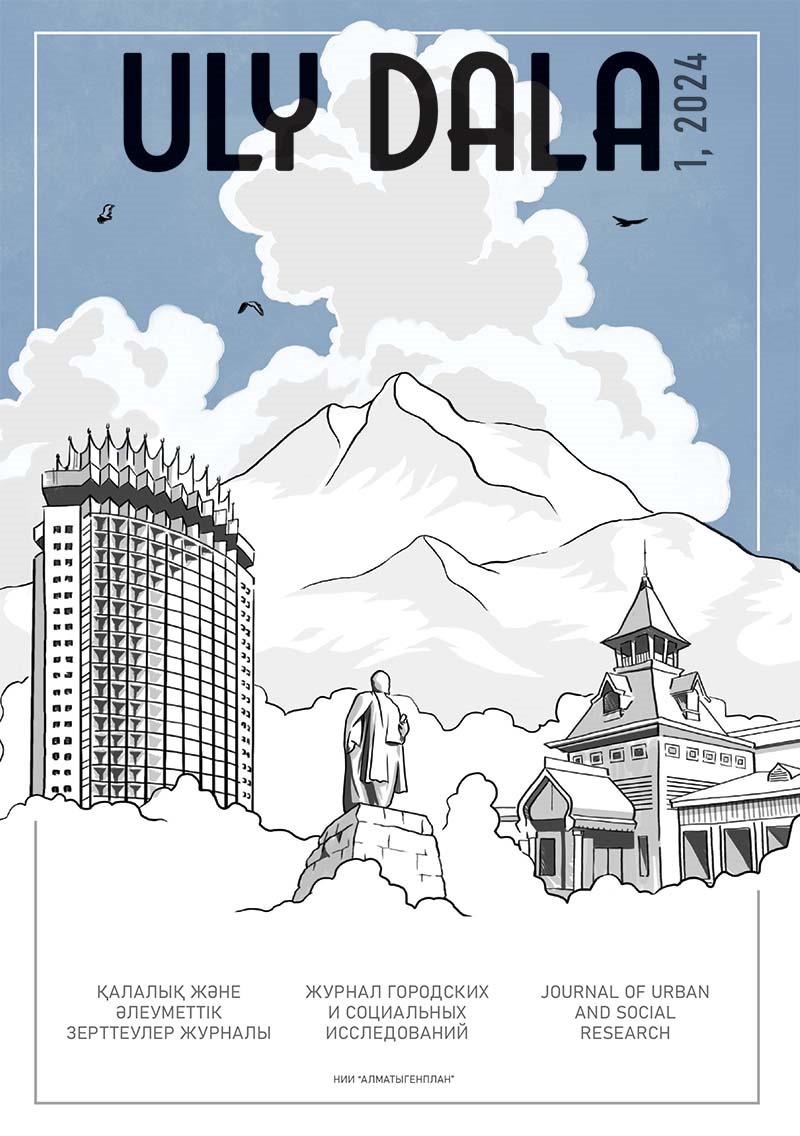The “Central Role” of the Periphery in Constructing the Image of the Capital: the Rail Road, the District of Arman, and the City Center
Keywords:
infrastructure, railroad, transport hub, center, peripheryAbstract
Using the example of the old railways station district in Astana, the article shows how the concepts of center and periphery are defined in everyday discourse. The district of Arman, despite its good transport connectivity and active social life, is considered an urban periphery. Based on participant observation and interviews with high school students from one high school in the area, I try to show how the feeling of living on the outskirts arises. This sense of peripherality is partly die to the heterogeneous material environment and visibility of the infrastructure in the district, which contrast with ideas about how modern glamorous city should be. The key trigger here are the railway and the train station. The first shifts the urban order from people to trains. The second due to the large-scale flows of people and things — undermines the sense of belonging of the space to anyone. Thus, he station is seen by many as a non-place. By comparison, on the Left Bank, a sense of centrality arises where the space is filled with recognizable markers of modernity, most of which are realized through the consumption of social networks.
Downloads
Published online
Issue
Section
License

This work is licensed under a Creative Commons Attribution-NonCommercial 4.0 International License.

